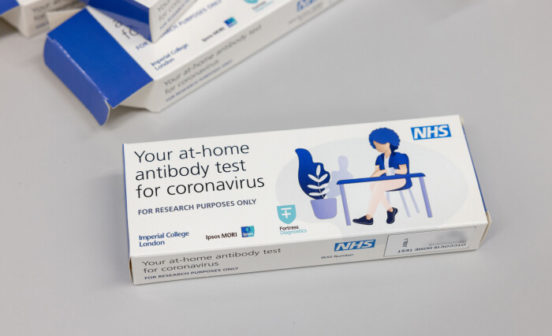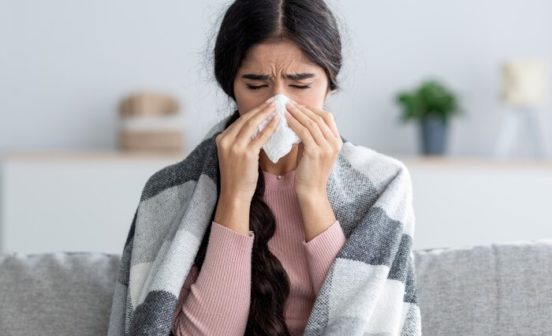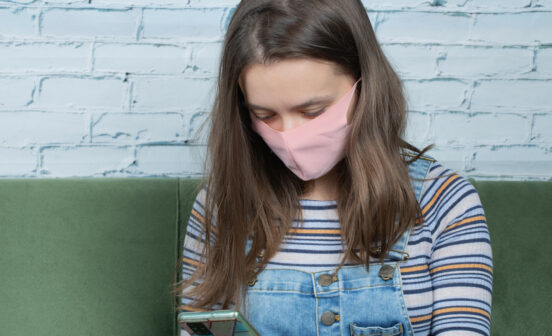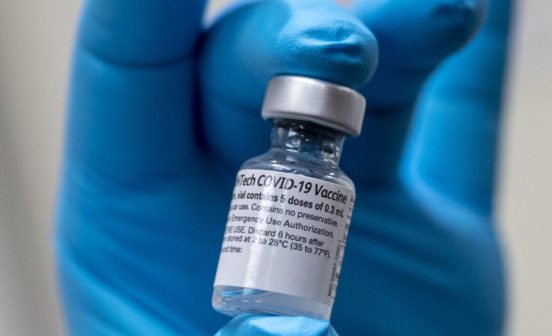DiagnosticInformatics ApproachesPrevention A Machine-learning Model that Predicts the Risk of COVID-19 at Individual Level

A new research study funded by National Institute for Health and Care Research (NIHR) Imperial BRC, Medical Research Foundation and four other organisations has created a real-time machine-learning model with only three variables- network closeness, direct contacts with infectious patients and hospital COVID-19 prevalence, to forecast hospital-onset COVID-19 infections (HOCIs) at an individual level.
Earlier studies have proven that contact tracing of Covid-19 infected patients is effective at identifying disease super-spreaders, who are strong HOCI drivers. This model is based on the assumption that exploring the entire contact network, rather than direct contacts to individuals with known infection only, and analysing the dynamic patterns of contact network could provide greater opportunities to characterise transmission.
With this notion in mind, researchers developed a dynamic forecasting framework utilising network analysis in combination with machine learning to predict patient-level HOCI using routinely collected hospital data. The model was then tested on HOCIs using the data from over 50,000 hospital inpatients during the first two COVID-19 surges in the UK. Imperial Clinical Analytics, Research and Evaluation (iCARE), a facility supported by the NIHR Imperial BRC that facilitates digital health projects for direct patient benefit, provided access to the patient data for the framework.
To validate the predictive capacity of the model, the framework was tested with several significant risk factors identified for the study and on variables from three contact networks- room, ward and building. The framework proved to be highly predictive with over 80 per cent accuracy in most of the variable combinations used for the study.
While the model yielded high positive predictive value, the researchers acknowledged that the framework did not include variables like indirect transmission, vaccination status, patient ethnicity and specific hospital arrangements or changes in various aspects of hospital organisation.
Researchers claimed that this method of predicting individual-level HOCIs by obtaining patient contact networks from widely available hospital patient bed records is the first of its kind. This patient-level machine learning HOCI framework offers accurate predictions of the risk of infection acquisition and is flexible for risk stratification in real-time, which can serve to guide infection prevention and control (IPC) resource allocation for swift screening, isolation and segregation of patients at high risk of infection acquisition.
With the success of this real-time machine-learning framework, the team of scientists believes that this has the potential to enhance individualised infection prevention and timely diagnosis of COVID-19 and other hospital-originated infections.





